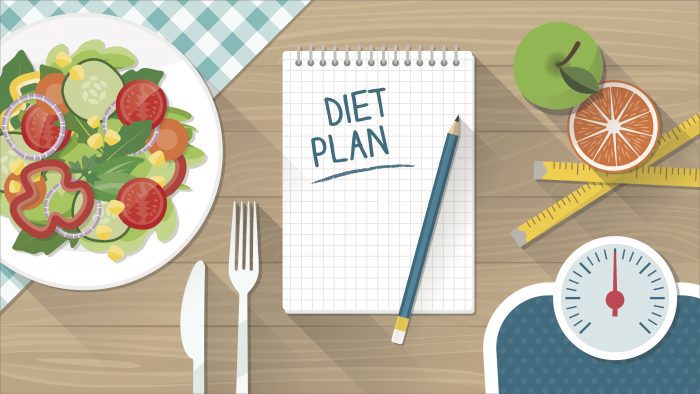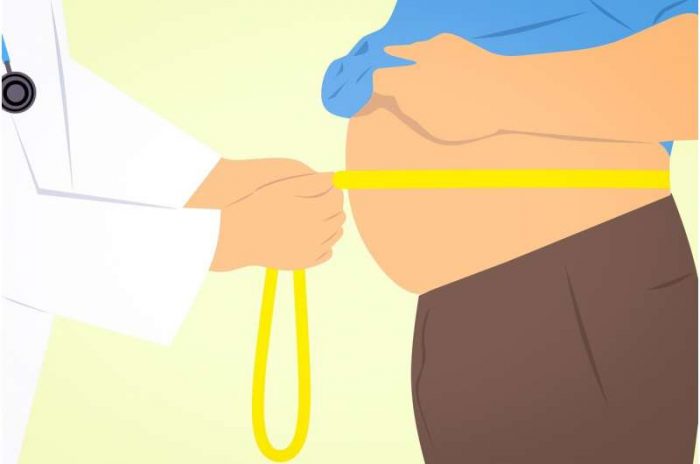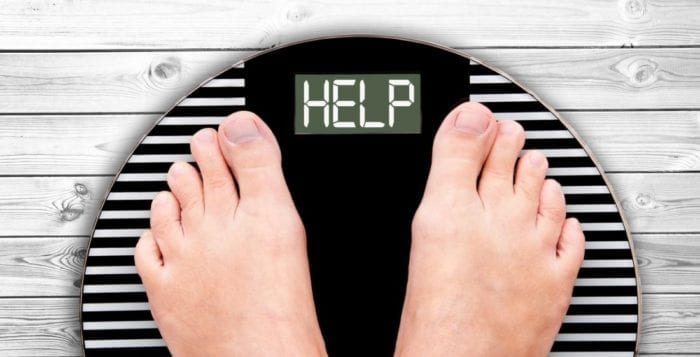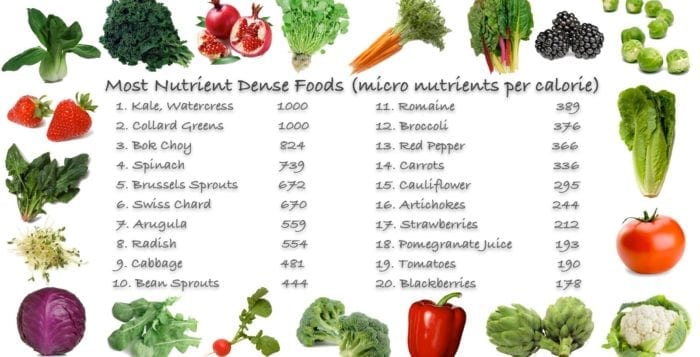By David Dunaief, M.D.

Obesity is an ongoing struggle for many in the United States. If you, like many, are struggling to shed those extra “COVID-era pounds,” I’m sure you can relate.
Obesity is defined as a BMI (body mass index) of >30 kg/m2. More importantly, obesity can also be defined by excess body fat, which is more important than BMI.
While the medical community has known for some time that excess body fat contributes to poor health outcomes, it became especially visible during the first few rounds of COVID-19.
In the U.S., poor COVID-19 outcomes have been associated with obesity. In a study involving 5700 COVID-19 patients hospitalized in the New York City area, 41.7 percent were obese. The most common comorbidities contributing to hospitalization were obesity, high blood pressure and diabetes (1). In other words, obesity contributed to more severe symptoms.
In a study in China, results showed that those who were overweight were 86 percent more likely to have severe COVID-19 pneumonia, and that percentage increases to 142 percent when patients qualify as obese (2).
And though age is a risk factor for COVID-19, among those younger than 60 and obese, there is a two-times increased risk of being admitted to the hospital, according to a 3,615-patient study at NYU Langone Health (3).
While these studies were on early variants of COVID, the attention and wide-ranging research provide us with an interesting series of studies in how excess weight might impact progression of other acute respiratory diseases.
Why is the risk for severe COVID-19 higher with obesity?
According to the prevailing theory, obesity may interfere with mechanical aspects of breathing, thus increasing airway resistance and making gas in exchange more difficult in the lung. It may also impede lung volume by exerting pressure on the lungs and may involve weaker muscles necessary for respiration (4).
Why does excess fat affect health outcomes?
First, some who have elevated BMI may not have a significant amount of fat; they may have more innate muscle, instead. These people are not necessarily athletes. It’s just how they were genetically put together.
More than 25 percent of my patient population is “solidly built,” which means they have greater muscle mass, but also too much excess fat. Visceral fat, which is wrapped around the organs, including the lungs, is the most important.
Fat cells have adipokines, specific cell communicators that “talk” with other fat cells but also other systems such as the brain, immune system, muscles, and liver. Adipokines can be mediators of both inflammation and insulin resistance (5). It’s the inflammation among obese patients that could be the exacerbating factor for hospitalizations and severe illness, according to the author of a 4000-patient COVID-19 study (6).
How can you reduce inflammation and lose excess fat?
In a randomized controlled trial with 75 participants comparing a plant-based diet to a control diet, there was a greater than 14 lbs. weight reduction and roughly 10 lbs. fat reduction over a 14-week period (7). Of the weight lost, about 70 percent was excess fat. Remember, excess body fat, through adipokines, may be inflammatory and increase the risk of severe disease.
Weight reduction with a plant-based approach may be results of dietary fiber increases and dietary fat reductions with plant-based diets, according to Physician’s Committee for Responsible Medicine (PCRM) (8). You also want a diet that has been shown to reduce inflammation.
We published a study involving 16 patients from my clinical practice in 2020. It shows that those who ate a whole food plant-based LIFE (low inflammatory foods everyday) diet over a seven-day period had a significant decrease in inflammation measured by hsCRP (high sensitivity c-reactive protein). This occurred in those who completely changed their diets to the LIFE diet, but also occurred in those who simply added a daily greens-and-fruit-based smoothie to their existing diet (9).
In my practice, I have seen many patients lose substantial amounts of weight over a short period. More importantly, they also lost body fat. For instance, a 70-year-old male lost 19 lbs. of weight and 12 lbs. of body fat over a six-week period. His inflammation, which was very high to start, dropped substantially to the border of optimal levels. This patient and many others have seen tandem reductions in both weight and inflammation. To boot, this was a cardiac patient whose cardiologist had considered a stent, but later said he did not need it after reducing his inflammation.
The most recent health crisis shone a spotlight on the importance of losing excess fat. It’s not just about COVID-19 or other respiratory disease severity, although those are concerning. It’s also about excess fat’s significant known contributions to many other chronic diseases, like cardiovascular disease, high blood pressure, and high cholesterol.
References:
(1) JAMA. online April 22, 2020. (2) Clin Med (Lond). 2020 Jul; 20(4): e109–e113. (3) Clin Infect Dis. 2020 Jul 28;71(15):896-897. (4) Chron. Respir. Dis. 5, 233–242 (2008). (5) Front Endocrinol (Lausanne). 2013; 4:71. (6) MedRxiv.com. (7) Nutr Diabetes. 2018; 8: 58. (8) Inter Journal of Disease Reversal and Prevention 2019;1:1. (9) Amer J Lifestyle Med. 2022;16(6):753-764.
Dr. David Dunaief is a speaker, author and local lifestyle medicine physician focusing on the integration of medicine, nutrition, fitness and stress management. For further information, visit www.medicalcompassmd.com or consult your personal physician.





 Tomato sauce has been shown to potentially reduce the risk of prostate cancer. However, uncooked tomatoes have not shown the same beneficial effects. It is believed that lycopene, which is a type of carotenoid found in tomatoes, is central to this benefit. Tomatoes need to be cooked to release lycopene (5).
Tomato sauce has been shown to potentially reduce the risk of prostate cancer. However, uncooked tomatoes have not shown the same beneficial effects. It is believed that lycopene, which is a type of carotenoid found in tomatoes, is central to this benefit. Tomatoes need to be cooked to release lycopene (5).











